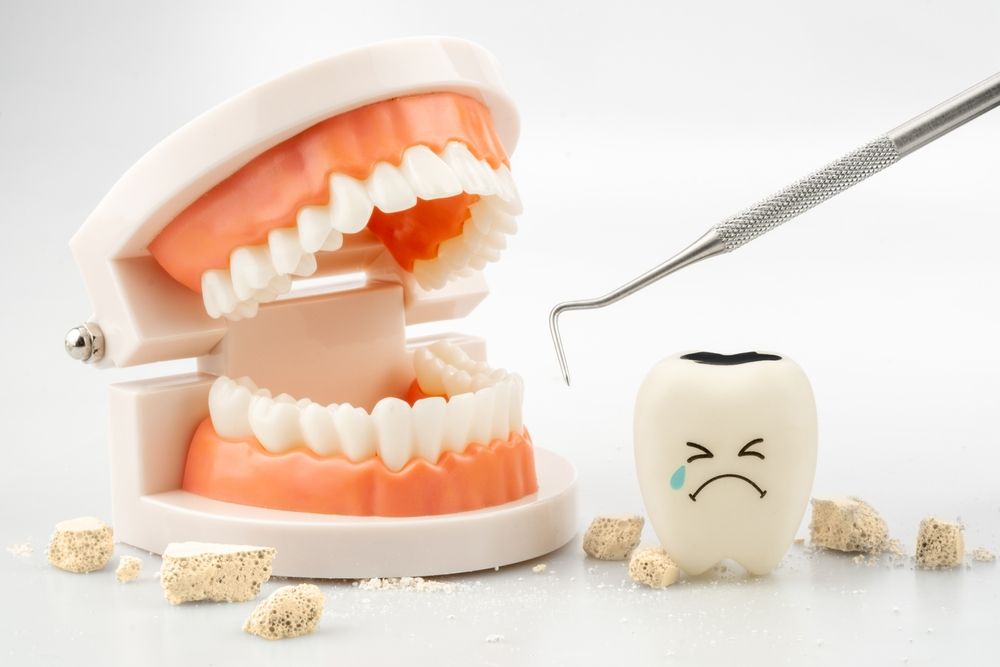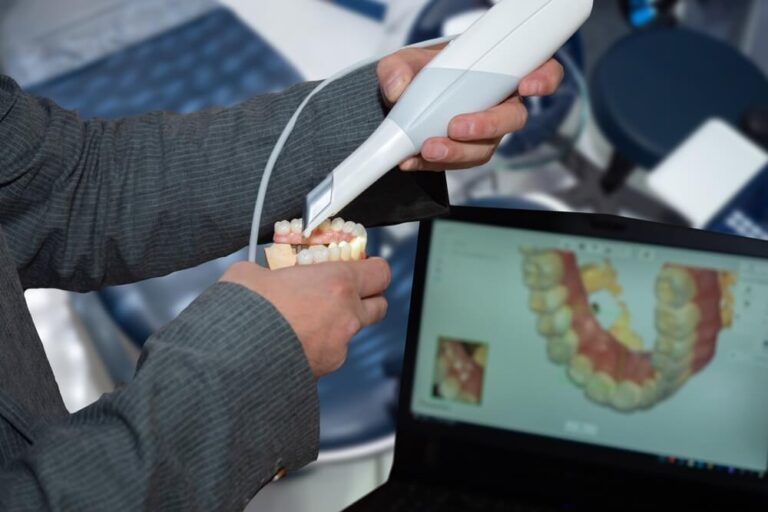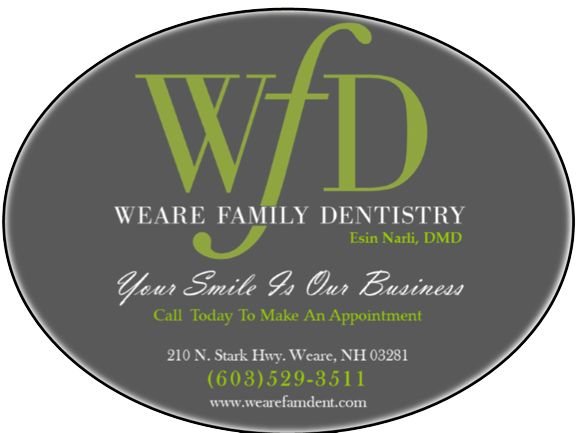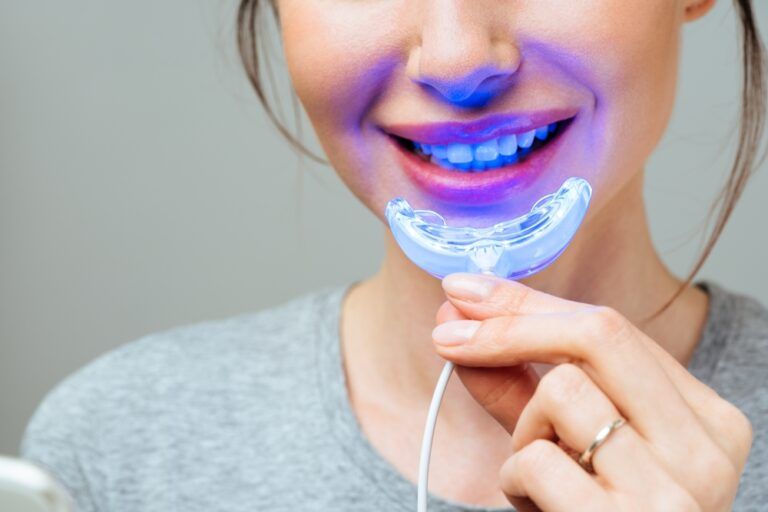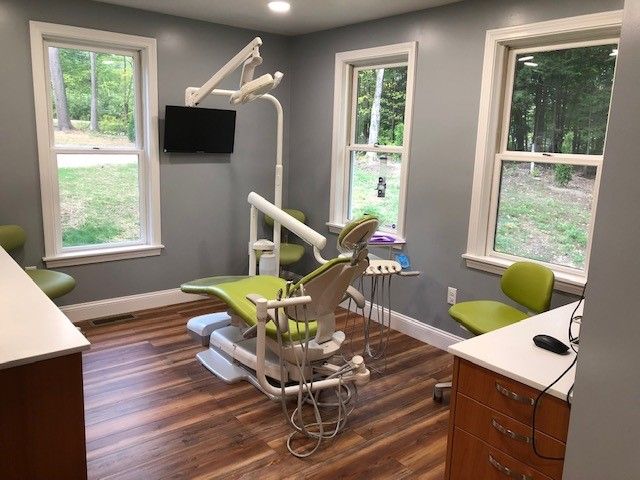When it comes to oral hygiene, understanding what happens inside your mouth is essential to maintaining long-term health. For families in Weare, NH, learning the difference between plaque and tartar can help prevent many common dental issues. At Weare Family Dentistry, led by Dr. Esin Narli, patient education is key to helping individuals recognize what contributes to healthy teeth and gums. While plaque and tartar are closely related, they differ in formation, texture, and their potential impact on your oral health.
What Is Plaque?
Plaque is a soft, sticky film made up of bacteria, food particles, and saliva that constantly forms on your teeth. It develops naturally throughout the day and is most noticeable when teeth feel fuzzy or slightly coated. Since it forms continuously, it’s important to remove plaque regularly through daily brushing and flossing. When not cleaned away, plaque can lead to tooth decay and gum inflammation, setting the stage for more serious dental problems.
The bacteria in plaque feed on sugars from food and drinks, producing acids that weaken tooth enamel. This acid attack can lead to cavities and early signs of gum disease. Because plaque is colorless or pale yellow, it’s easy to overlook, but its effects can build up quickly. Even with good home care, plaque accumulates between teeth and along the gumline, where it’s harder to reach. This is why regular attention and consistent cleaning are vital in managing plaque before it hardens into something more stubborn—tartar.
How Tartar Develops
Tartar, also called calculus, forms when plaque is left on teeth long enough to harden. This process can occur in as little as 24 to 72 hours if plaque isn’t effectively removed. Once plaque mineralizes, it bonds tightly to the tooth surface and becomes much more difficult to remove. Unlike soft, sticky plaque, tartar feels rough and can appear yellow or brown, especially near the gumline. It provides a rough surface where new plaque can easily cling, creating a continuous cycle of buildup.
Tartar not only affects the appearance of your teeth but also plays a major role in gum health. Because it creates a barrier that makes cleaning difficult, bacteria can continue to thrive underneath it, leading to gum irritation, inflammation, and eventually periodontal disease if not managed properly. Its porous nature means it absorbs stains more easily, contributing to discoloration and dulling the brightness of your smile. Understanding how tartar forms emphasizes the importance of early plaque control and consistent oral hygiene habits.
The Relationship Between Plaque and Tartar
Plaque and tartar are closely connected, with one leading directly to the other. In essence, tartar is hardened plaque, but the two behave very differently in your mouth. Plaque can be removed through brushing and flossing, while tartar cannot—it adheres so firmly that it requires professional cleaning to eliminate. Recognizing the stages between these two substances helps prevent long-term damage to your teeth and gums.
Here’s a simple way to think about the difference:
- Plaque: Soft, sticky, and removable with daily cleaning.
- Tartar: Hard, crusty, and requires professional attention.
This transformation highlights the importance of maintaining daily hygiene and minimizing the factors that encourage plaque buildup, such as frequent snacking on sugary foods and inconsistent brushing routines. A small lapse in care can allow plaque to turn into tartar, setting off a chain reaction that affects both oral and overall health.
Preventing the Cycle
Prevention is always easier than correction when it comes to oral health. Developing consistent cleaning habits can significantly reduce the likelihood of tartar formation. Using fluoride toothpaste, flossing daily, and limiting sugary snacks are essential habits. Drinking water frequently, especially after meals, helps wash away food particles and acids that contribute to plaque. In addition to at-home care, staying mindful of early signs such as gum tenderness or discoloration can help you address plaque buildup before it turns into tartar.
Another important factor is awareness—understanding what’s happening inside your mouth encourages proactive care. Teaching children and family members about plaque and tartar promotes lifelong healthy habits. With a combination of daily hygiene, awareness, and regular attention, families can maintain cleaner, healthier smiles. For those in Weare, NH, learning from trusted practices like Weare Family Dentistry with Dr. Esin Narli can be a helpful step in understanding and managing these common oral concerns.
Resources
American Dental Association. (2023). Understanding Dental Plaque and Calculus Formation. Journal of the American Dental Association.
Mayo Clinic. (2022). Dental Health: The Role of Plaque and Tartar in Gum Disease. Mayo Clinic Proceedings.
National Institute of Dental and Craniofacial Research. (2021). Oral Hygiene and Plaque Control Strategies. National Institutes of Health.


